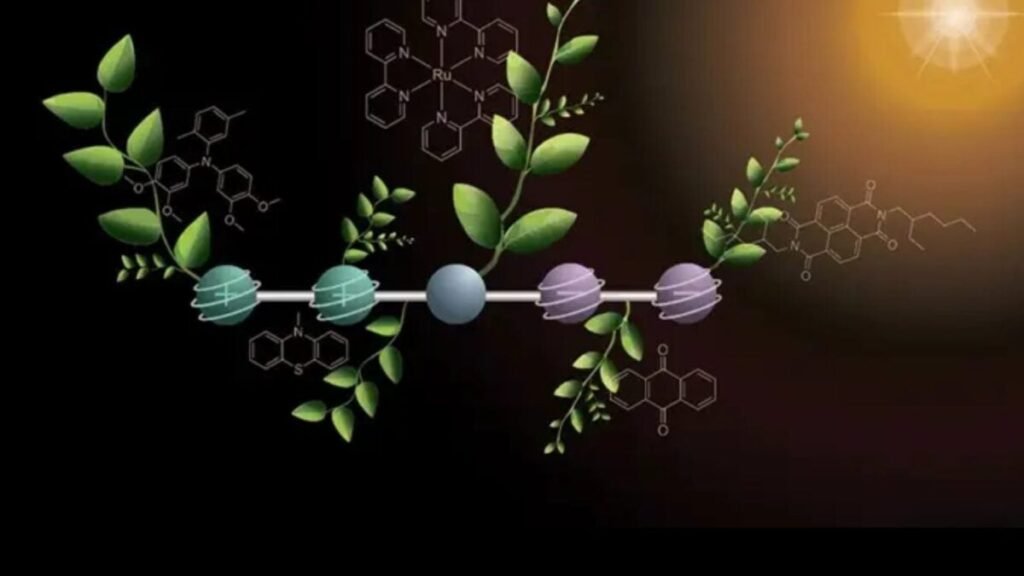A molecule developed in Switzerland mimics photosynthesis and promises carbon-neutral solar fuels.

In the search for energy alternatives that reduce dependence on fossil fuels, science has been inspired by nature’s most efficient mechanism: photosynthesis. Now, Swiss researchers have taken a key step by creating an artificial molecule that stores solar energy in a controlled manner.
Inspiration from plant photosynthesis
This natural cycle is the basis of life on Earth. The goal is to replicate this principle but with a different objective: to transform light into chemical energy ready to produce solar fuels such as hydrogen, methanol, or synthetic gasoline, without adding more carbon dioxide to the atmosphere.
A piece of the energy puzzle
Researchers have developed a molecule that, under light irradiation, can store four simultaneous charges: two positive and two negative. The process is activated by flashes of light that release electrons at one end and capture them at the other, creating an unprecedented energy balance in the research.
From theory to a sustainable future
While it does not yet equate to a complete artificial photosynthesis system, researchers describe it as a “key piece of the puzzle.” The stability of the charges for several seconds allows for the initiation of chemical reactions such as water splitting into hydrogen and oxygen, the basis of many clean fuels.
The molecule is still a prototype, but its development marks a crucial frontier in the transition towards a carbon-neutral future. The vision is clear: to create carbon-neutral solar fuels capable of storing the Sun’s energy in a stable and usable way. The goal is not just to solve a chemical problem, but to open up a new horizon through science.






